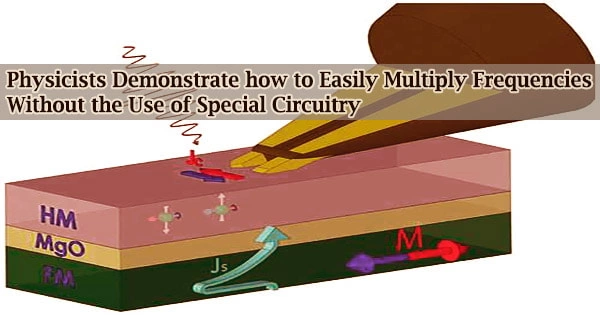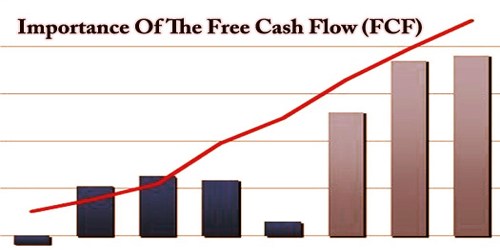Physicists at Martin Luther University Halle-Wittenberg (MLU) have made a breakthrough that could render some computer and smartphone components obsolete. The researchers were able to transfer frequencies to greater ranges without the use of any additional components in a common magnetic material.
In modern electronics, frequency multiplication is a fundamental process. The team’s findings are published in the most recent edition of Science. Digital technology and devices now account for around 10% of worldwide electricity usage, and the trend is rapidly increasing.
“It is, therefore, necessary to develop more efficient components for information processing,” says Professor Georg Woltersdorf, a physicist from MLU.
The oscillating magnetic and electric field disruption produces electromagnetic waves, which are a kind of energy. Alternatively, it can be described as the flow of electric charged particles through a vacuum or matter.
It’s a wave in which the two vectors vibrate perpendicular to each other and in the same direction as the wave. Electric and magnetic fields are the two vectors. Electromagnetic waves include gamma rays, x-rays, ultraviolet rays, infrared rays, microwaves, and radio waves.
The high-frequency gigahertz impulses required to run today’s electronics are often generated using non-linear electronic circuits. MLU researchers have now discovered a means to do this within a magnetic substance without the usage of electronic components. A low-frequency megahertz source is used to stimulate magnetization.
Different areas do not switch at the same time. Instead, they are triggered by adjacent areas just like in a falling row of dominoes.
Chris Körner
The source generates numerous frequency components, each of which is a multiple of the excitation frequency, using the newly found effect. These frequencies vary from six octaves to many gigahertz.
“This is like hitting the lowest note on a piano while also hearing the corresponding harmonic tones of the higher octaves,” explains Woltersdorf.
On a nanoscale, synchronized switching of the dynamic magnetization explains the startling effect of frequency multiplication.
“Different areas do not switch at the same time. Instead, they are triggered by adjacent areas just like in a falling row of dominoes,” explains first author Chris Körner from the Institute of Physics at MLU.
The discovery could potentially aid in the future energy efficiency of digital systems. It’s also crucial for new apps. Electron charges are used as information carriers in today’s microelectronics.
The electric charge transport method has the problem of releasing heat and hence requiring a lot of energy. Spin electronics could be a viable alternative.
It makes use of the electron’s magnetic moment, or spin, in addition to its charge. Its qualities allow for major improvements in energy efficiency. The newly found effect could lead to space-saving and efficient frequency sources in the gigahertz region for spin electronics.
The Deutsche Forschungsgemeinschaft contributed to the study’s funding (DFG, German Research Foundation).
















